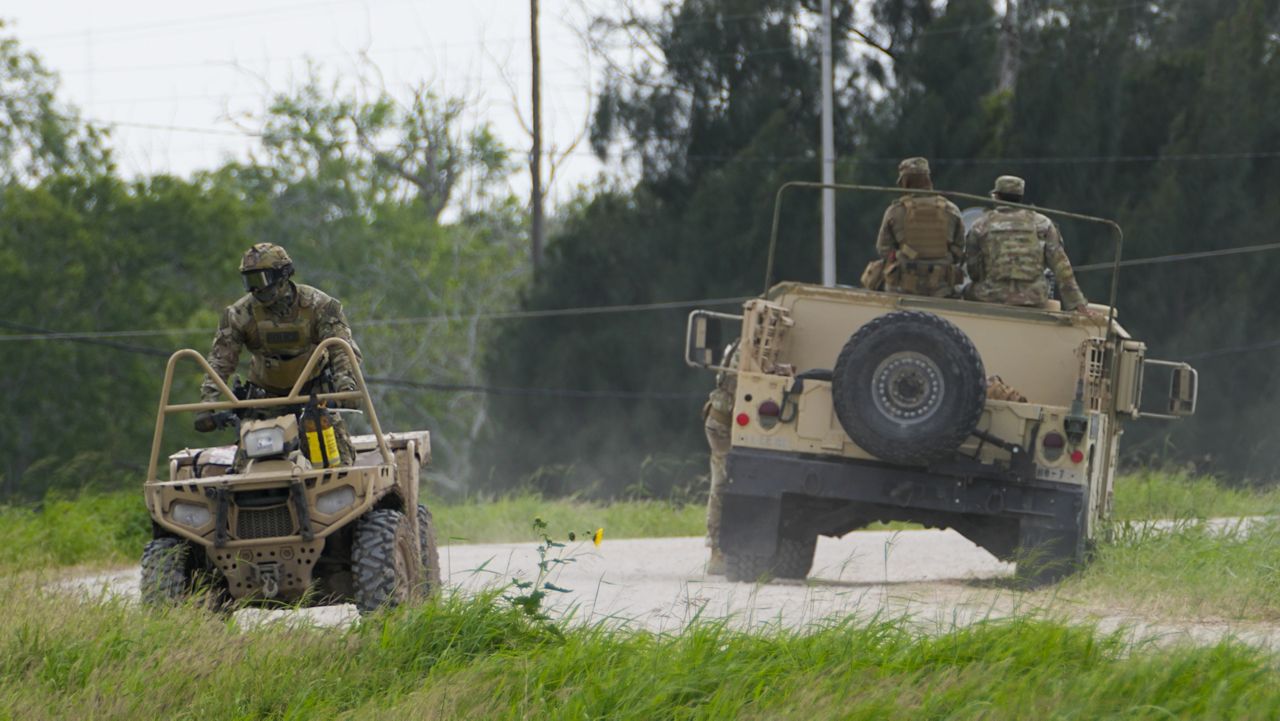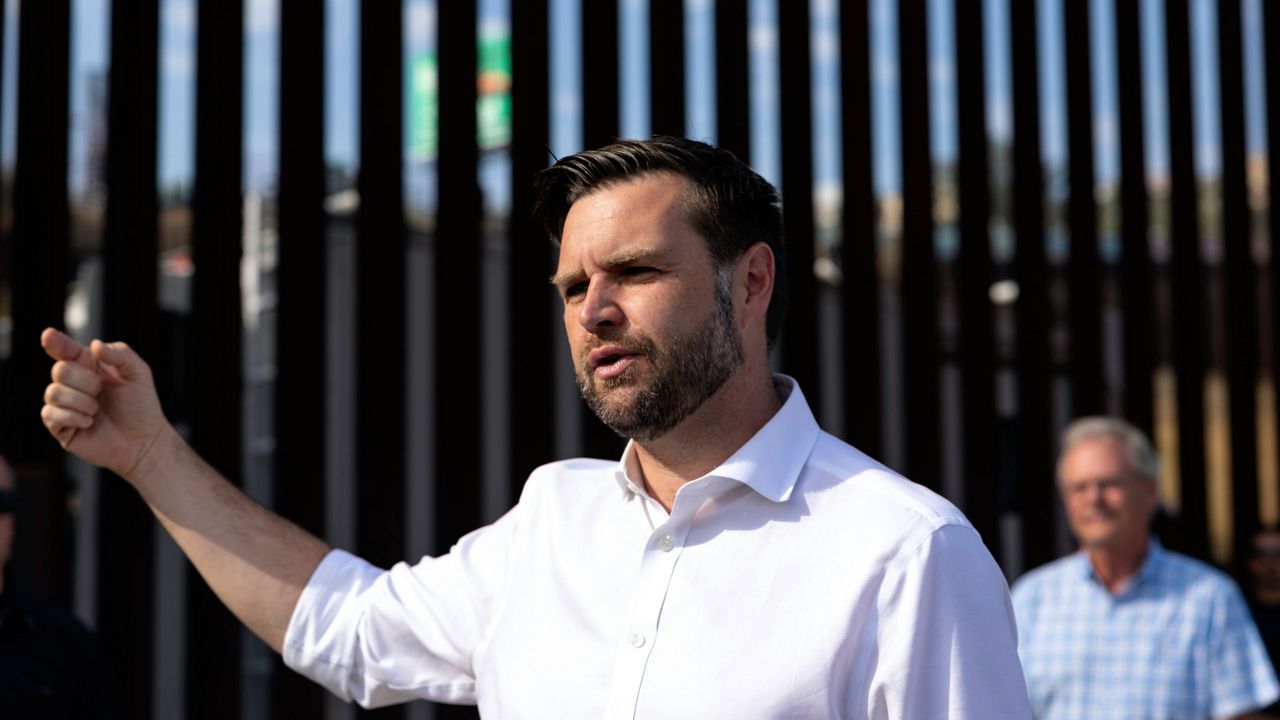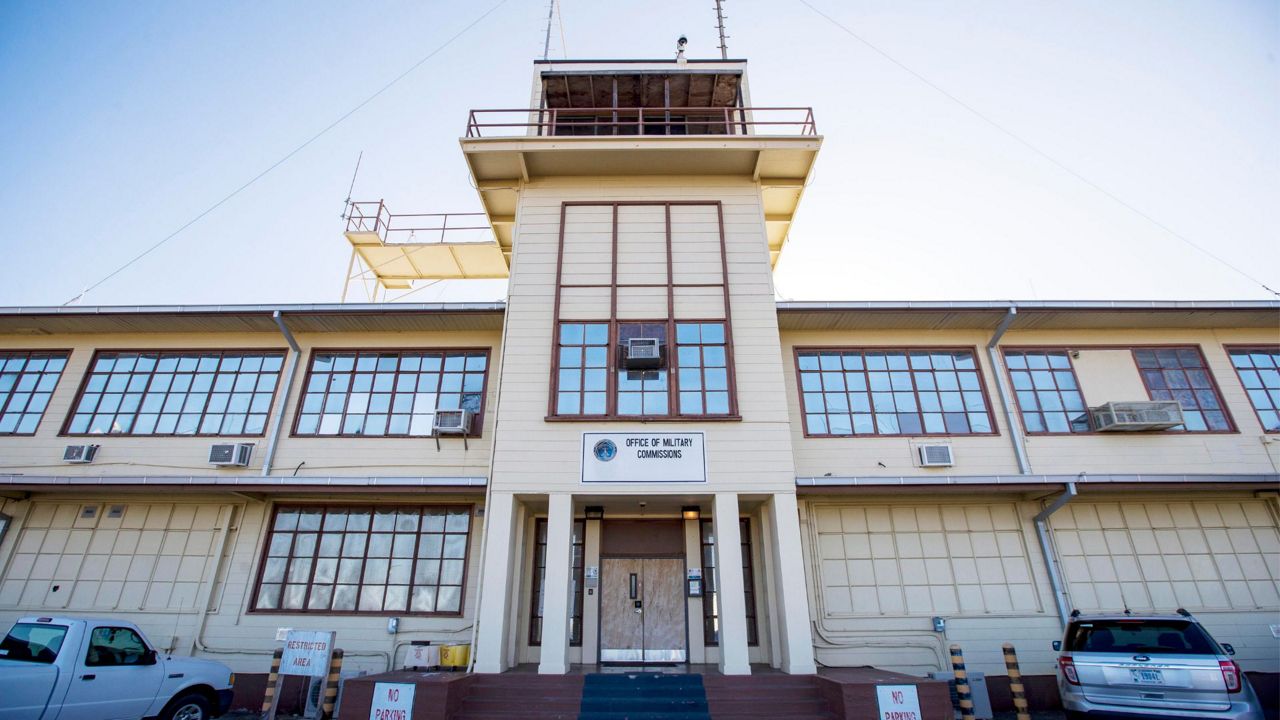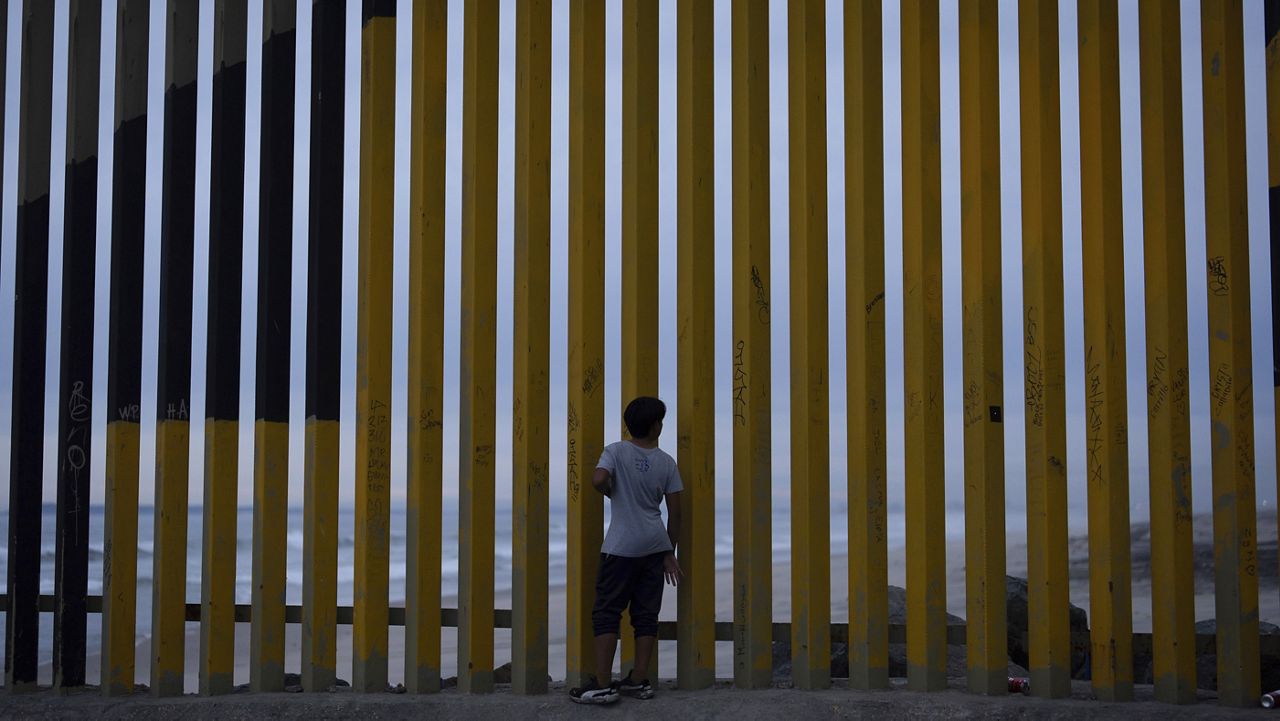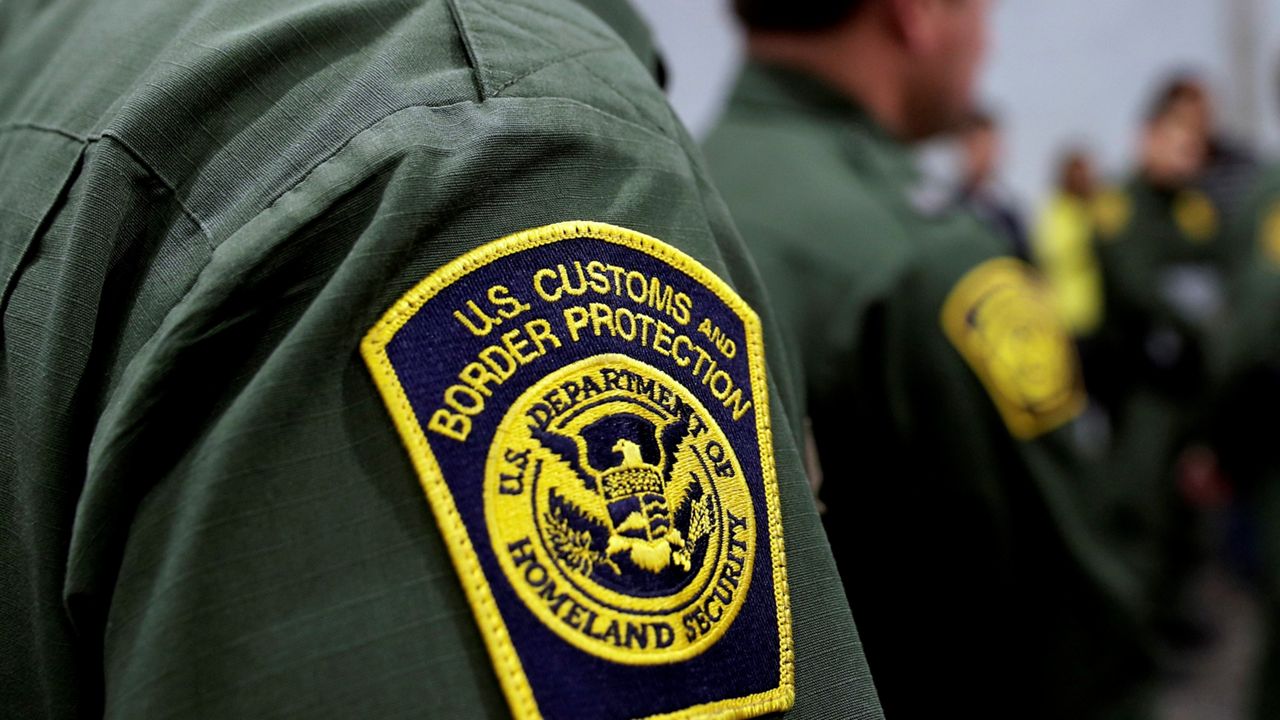BIG BEND NATIONAL PARK, Texas — U.S. military officials have deployed about 200 troops to the Big Bend region of Texas and plan to send hundreds more as part of the agency’s “border security mission.”
Approximately 500 troops are set to arrive in the region in the coming weeks, according to a report from Marfa Public Radio. Officials said during a press conference that some troops will operate near the border inside Big Bend National Park.
The Department of Defense also sent Humvee-like tactical vehicles, fuel trucks and Stryker combat vehicles — military vehicles developed for the U.S. Army — to the region.
The deployment is part of a broader effort led by President Donald Trump to carry out mass deportations in the U.S.
Active duty U.S. troops haven’t participated in border security efforts in the Big Bend region since 2018, during Trump’s first term.
Troops won’t be “directly involved” in arresting those suspected of being in the U.S. without legal status, officials say, but will instead be there to support federal border agents.
As part of a separate agreement made with the Trump administration earlier this year, the Texas National Guard is authorized to arrest and detain those who enter the U.S. illegally from Mexico.
Army and border officials said the deployment is a “method of deterrence,” according to Chief Patrol Agent Lloyd Easterling, not a covert operation, and they want troops to be visible to the public.
“Giving us those additional eyes and ears out there in order to maximize our opportunity to not only secure the border, but figure out where and when people came through, and to help them and/or apprehend them, that’s what we’re doing,” Easterling told Marfa Public Radio.




